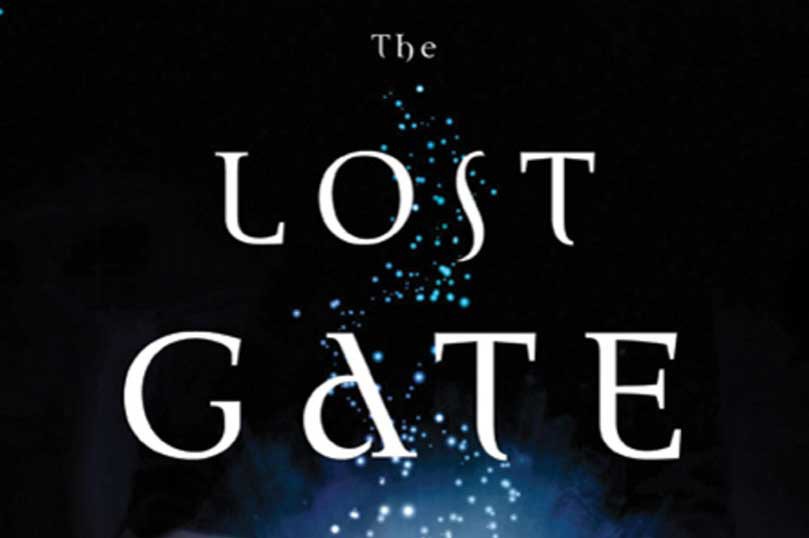Sometimes you know when you’re onto something big. It was the same year that “Ender’s Game” appeared in Analog—my first sci-fi publication. I was working with Ben Bova, and the stories I was selling all had spaceships and rivets and machines. But in my heart, what I loved was fantasy.
No, let’s be more precise: What I loved was Tolkien’s Lord of the Rings and George Macdonald’s The Light Princess and C. S. Lewis’s Till We Have Faces and Michael Crichton’s Eaters of the Dead and Thomas Hardy’s Far From the Madding Crowd and John Hersey’s White Lotus and Miller’s A Canticle for Leibowitz and Crowley’s The Deep and Peake’s Ghormengast.
Wait. Some of those are only barely fantasy, and two of them aren’t fantasy at all!
But that’s because at the time I’m talking about—1977—fantasy didn’t really exist as a genre. It was still being invented. The only commercially successful fantasy that wasn’t by Tolkien was Brooks’s The Sword of Shannara, and it was so clearly derivative of Lord of the Rings that it only convinced me that it was vital that any fantasy I wrote not take place in a universe that resembled Tolkien’s.
I wanted to create something that had the same effect on readers as Tolkien’s work—that sense of having been immersed in a real world, deep and rich and dangerous and dark, but with islands of light—without having to lean on anybody else’s invention.
I wanted my fiction to be as original as Crowley’s and Peake’s, as morally insightful and challenging as Lewis’s and Miller’s, as thickly and richly created as Hardy’s and Hersey’s and Crichton’s, and as filled with tragic joy as Macdonald’s and Tolkien’s.
And then I drew this map. As with Treason, Hart’s Hope, and The Worthing Chronicle, which all began with maps I doodled (and unlike the many hundreds of maps that have not led to books or stories), this map set me to daydreaming. I created a whole historical atlas of this world, along with changing names as the languages evolved.
And into this world I pushed a magic system I had been toying with, again in my daydreams of fiction. (Lots of daydreaming in those days—I wasn’t married yet, I lived alone. I spent most of my free time with only my imagination for company, and we kept up a constant stream of conversation with each other.)
It was an animistic magic system in which power is granted to mages voluntarily, by the creatures or elements that the mage disciplined himself to serve. Trees would do strange and powerful things for you—if you truly loved them and served their interests and came to understand what they could do and how and why.
I tried it out in the short story “Sandmagic,” and then…
And then I waited. Because it was too big. The ramifications were too deep. It was too important to me. I had to wait until I was a better writer, with more experience, more knowledge of the real world, more understanding of everything.
The idea grew until I had a magical explanation for pretty much everything. All the religions of our world, all the supernatural manifestations that are believed in by anybody. And somehow I had to tell a story about real people moving through our present world (“Mittlegard”) and that highly mapped fantasy world (“Westil”).
A third of a century after the map and the magic first came to me, I have, with The Lost Gate, the first book-length exploration of that world and the powers at work in it. I hope I’m doing it justice. For its origin is in those early days when the modern commercial genre of fantasy had not yet been invented.
The Lost Gate (ISBN: 978-0-7653-2657-7; $7.99) by Orson Scott Card is available from Tor in January. Orson Scott Card can be found online at hatrack.com.
…………………………
From the Tor/Forge January newsletter. Sign up to receive our newsletter via email.






